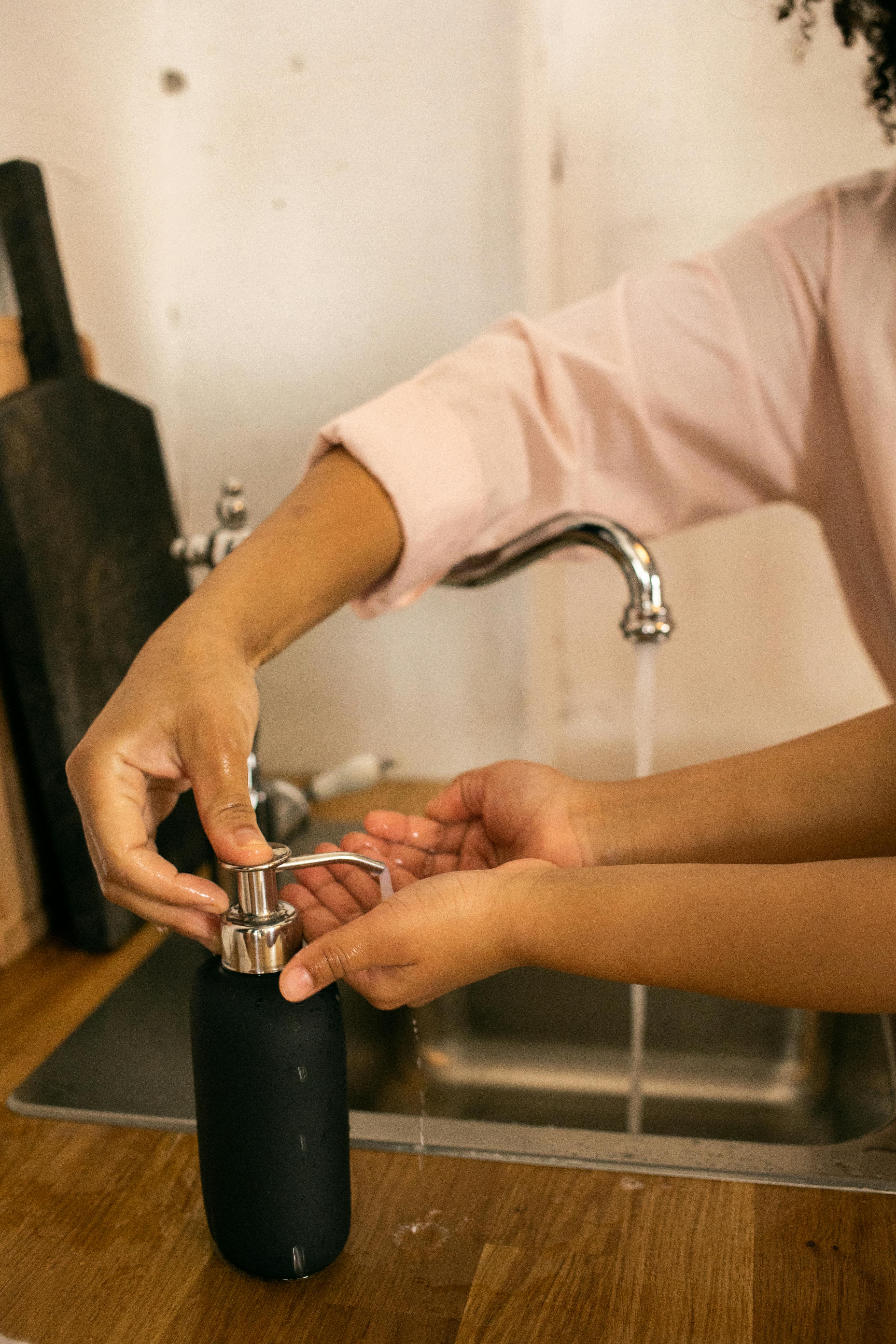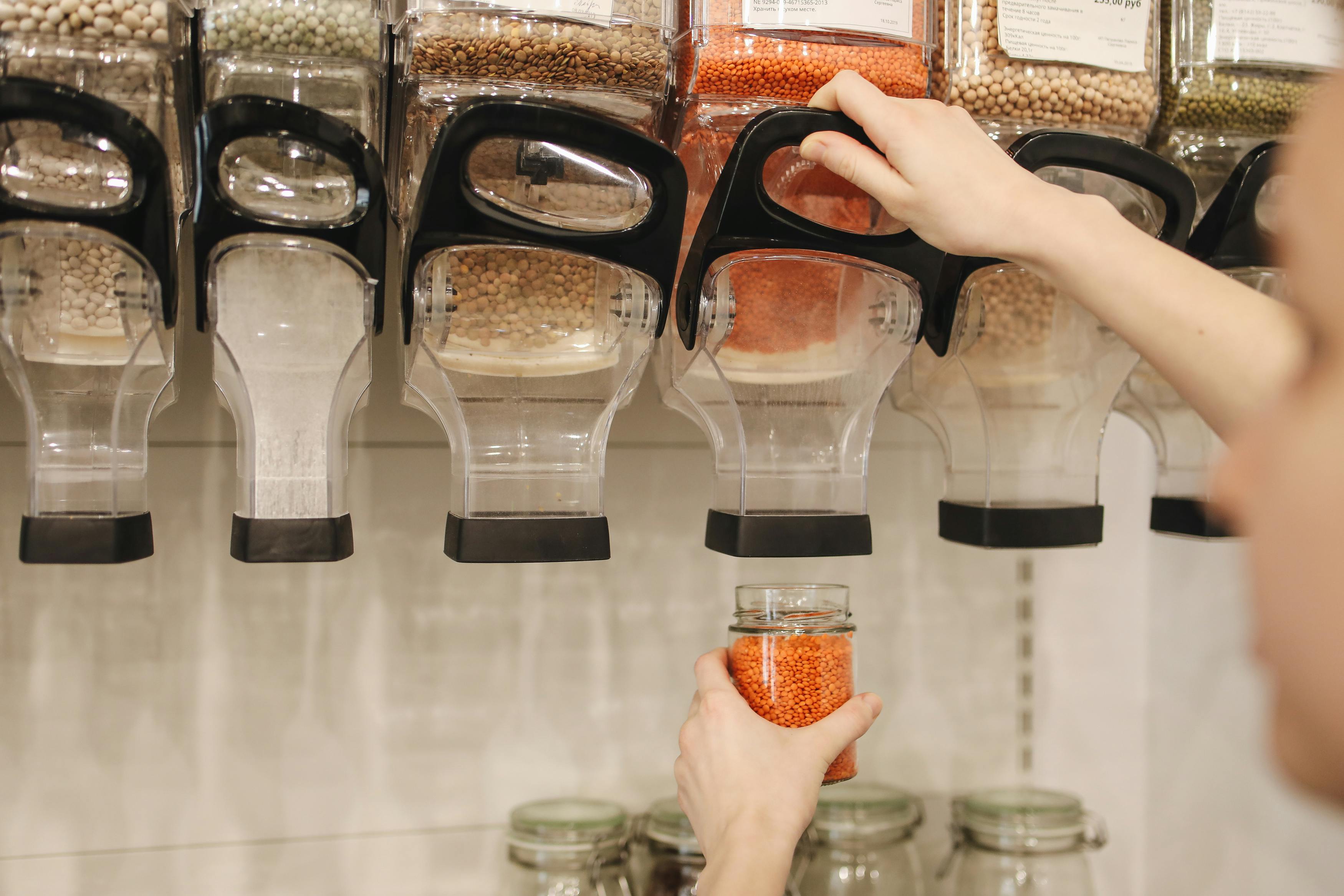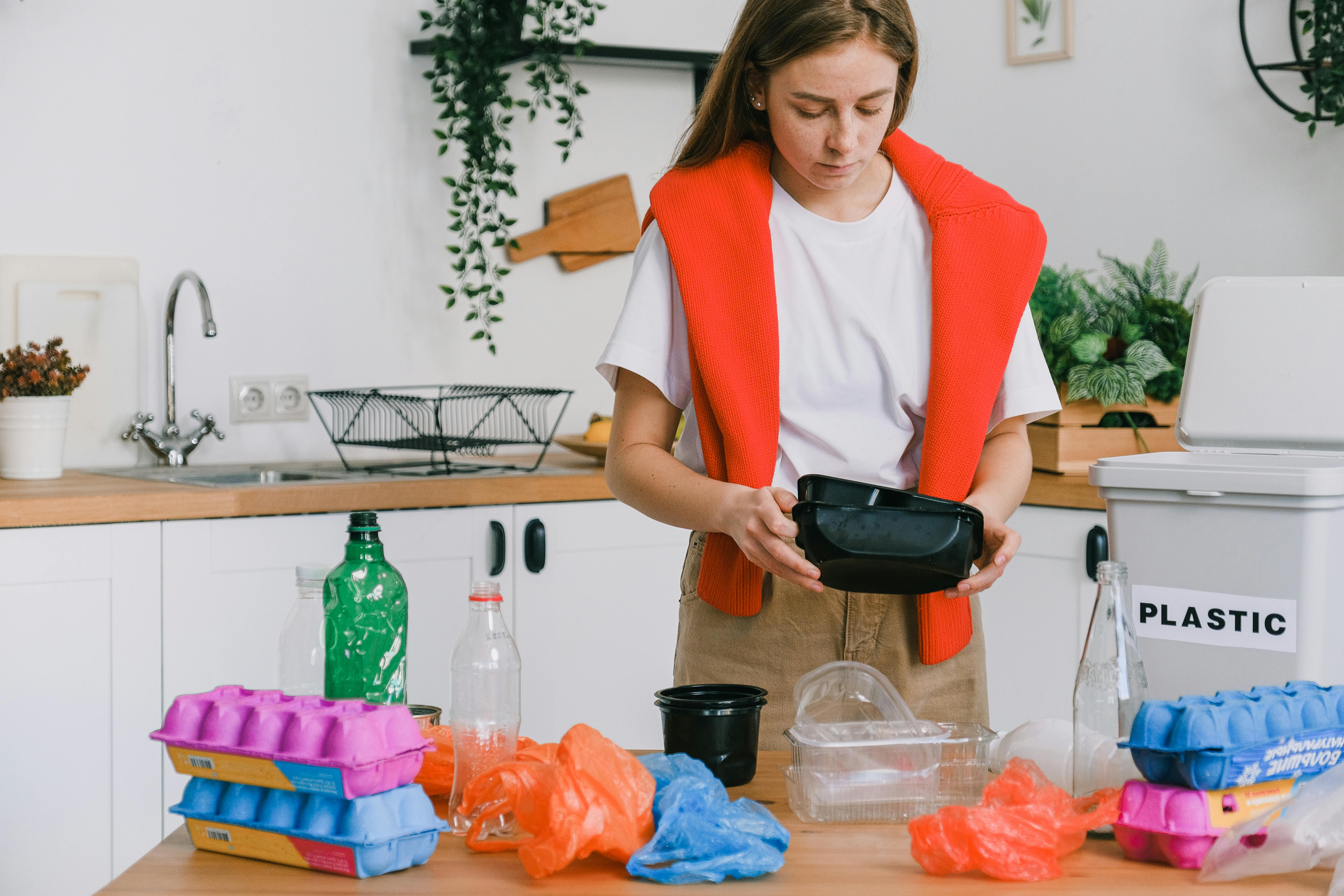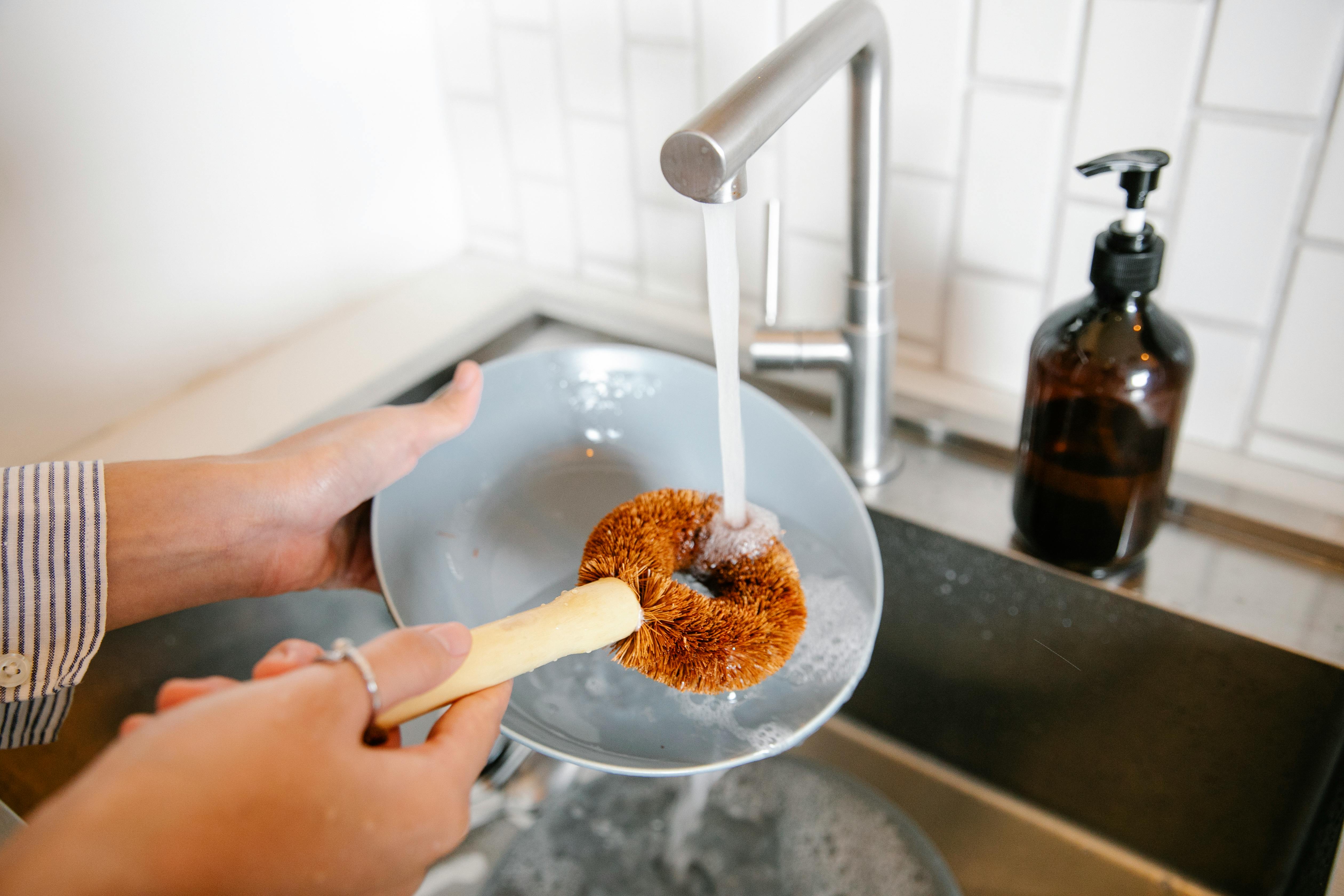There’s nothing romantic about a dodgy stomach. Food is the lingo of many, so make sure food hygiene is in your vocabulary.
The kitchen is the hub of your family’s life whether you prepare food, cook, eat, or just hang out there. And when it comes to maintaining good hygiene, we need to give it just as much attention. You’ll keep everyone happy and healthy if you get everyone onboard with kitchen hygiene. Let’s give you a rundown of what they are:
Kitchen hygiene 101: Clean your hands before you begin!
The first kitchen hygiene rule is to keep your hands clean. While preparing and cooking food, it’s easy to transfer bacteria from hands to food. Be sure that your kids are also familiar with the kitchen hygiene rule of washing hands. Among your checklist:
- While in the kitchen, do not wear rings (they interfere with handwashing and can collect dirt and bacteria).
- Short nails and no nail polish are more hygienic.
- If you cut your hands, clean them right away and apply plaster.
- When making dishes, keep long hair back to prevent the spread of germs. For this reason, many chefs wear hats or hairnets.

Cook food thoroughly.
A good food hygiene checklist includes cooking food properly. Food that is undercooked may contain harmful bacteria. To avoid that, follow these steps:
- Check the food’s doneness by cutting some off or using a food probe thermometer.
- Reheated food should be piping hot.
- Serve cooked food at a temperature no lower than 70°C (bacteria multiply the quickest between 15°C and 55°C).

Proper food storage.
A food hygiene checklist in the kitchen should also include safe storage practices. Keeping food in proper storage protects it from harmful chemicals and bacteria. Take note of these simple tips:
- Keep leftovers and unopened food packets covered with cling film or in a sealed container.
- Seal food that’s kept on shelves or in the cupboard, like flour, rice, and pasta.
- Do not put warm foods in the fridge. Cool it first, then put it in the refrigerator or freezer within two hours.
- Cut produce shouldn’t be left out for more than two hours.

Wipe down counters.
Cleaning countertops after every use is one of the easiest tasks on the checklist. It won’t just help you keep things tidy, but you’ll also prevent bacteria from spreading.
Clean other high-touch areas as well, such as:
- Refrigerator door
- Appliance knobs and handles
- Water taps

Minimize cross-contamination.
You’ll understand why avoiding cross-contamination is high on the kitchen hygiene checklist if you’ve ever had food poisoning. Microorganisms that cause illness can move from raw to cooked food. To prevent cross-contamination, follow these rules:
- Serve fish, meat, vegetables, dairy, and bread on different boards.
- Cooked and raw food require separate utensils.
- You should never leave food near raw meat.
Keep your chopping board clean.
Bacteria will germinate quickly on food left on a chopping board, so make sure you clean your board right after use.
Get your bins ready.
Kitchen hygiene involves regularly changing your bin. If you let old food decompose in a trash can, bacteria will start to form, so take your garbage out daily to avoid strange odors.

Don’t let the fridge get dirty.
Keeping your fridge clean is one of the top hygiene checklists in the kitchen for a reason. Spills and decaying food can spread their nastiness to everything else unless they are spot-cleaned daily with kitchen paper.
Clean your sink every day.
Because you use your sink every day, it will quickly become dirty and covered in bacteria if you don’t clean it regularly. This kitchen hygiene checklist doesn’t take as much time but is worth doing.
- Once a day, scour your sink with a scourer and spray it with kitchen cleaner. Don’t forget the faucets!
- Wipe up any water that has pooled or spilled around the sink.
- You should also regularly clean your oven to keep it hygienic. It’s the same for your hob, grill, microwave, toaster, and any other cooking appliances.

Why not print out this kitchen checklist and put it on the refrigerator to ensure the whole family remembers it? If your kids feel creative, ask them to illustrate it with pens. If you follow this simple kitchen hygiene checklist, you’ll keep your family healthy. Please send me your thoughts about any of the points on this checklist.







